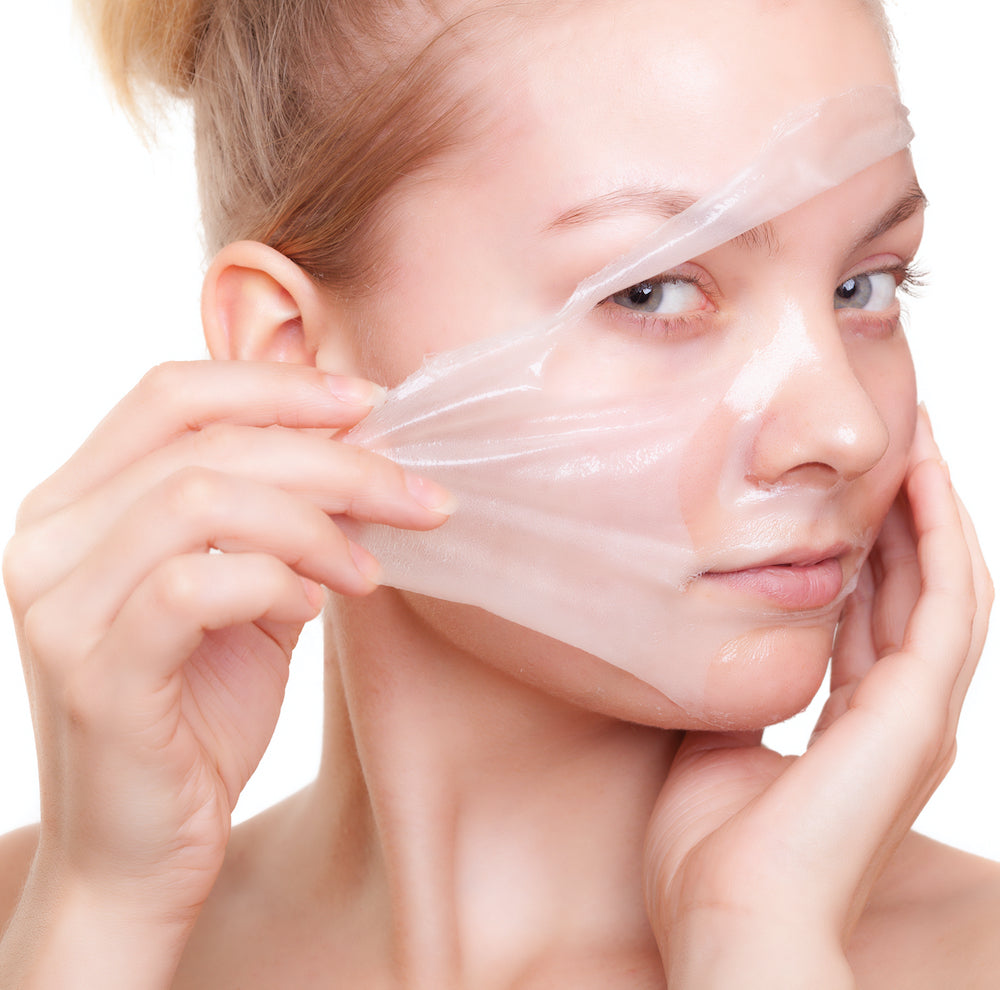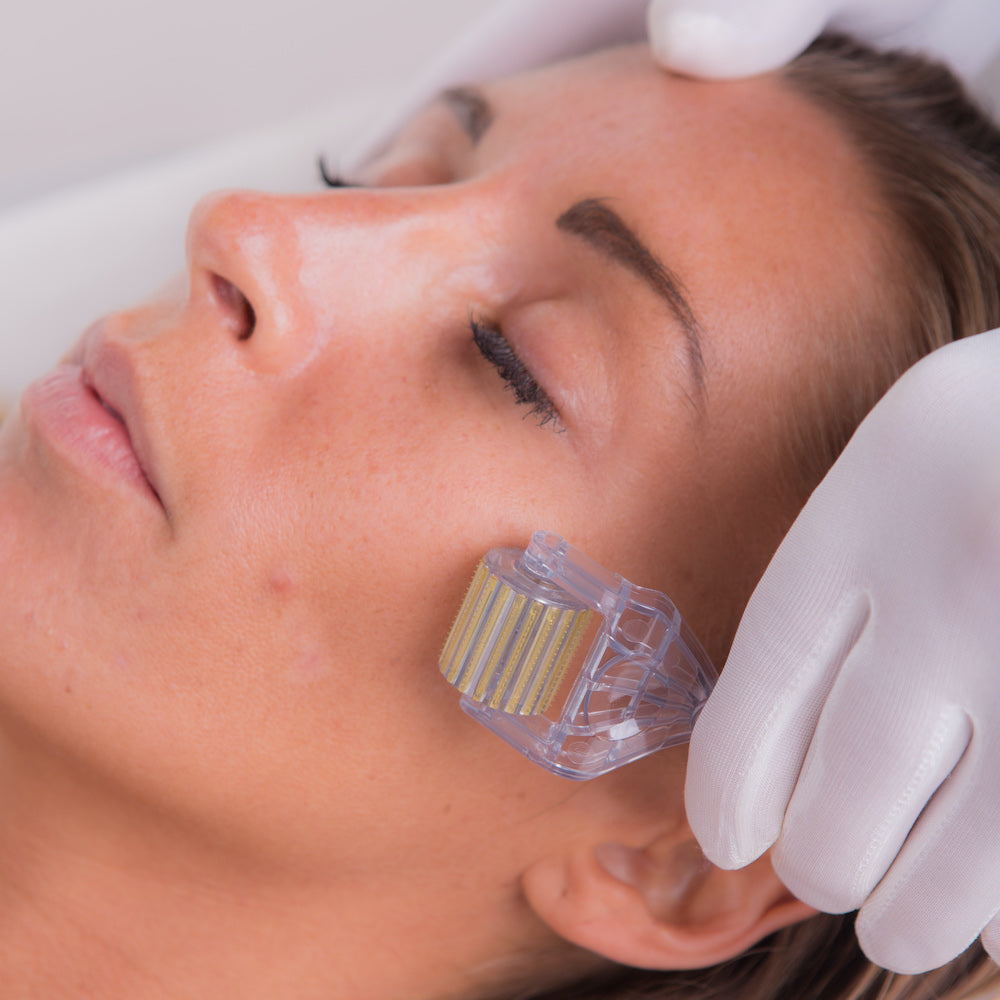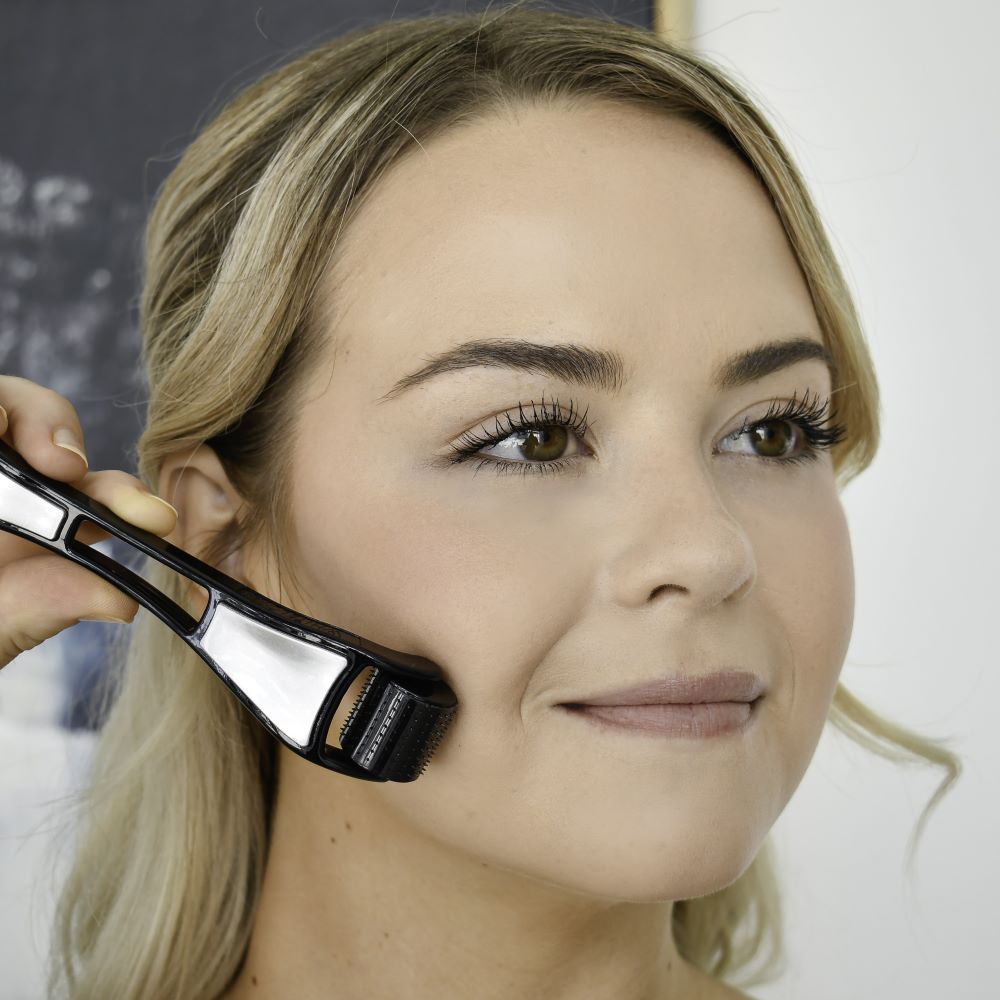
Chemical Peel vs Micro needling - Which is Best for You?
Chemical Peel vs Micro needling - Which is Best for You?
Both microneedling and chemical peels can stimulate the dermis level of the skin to encourage production of the body's own natural collagen. Chemical peels however are more invasive and cause more damage to the epidermis while the micro punctures caused by microneedling completely close in around 8 hours.
Both chemical peels and microneedling can be done in clinics or at home. When performing home microneedling shorter microneedle rollers of 1.0mm should be used. Longer 1.5mm microneedle rollers can be used in specialist clinics.
While some chemical peels can be purchased over the counter for home use more intensive chemical peels are usually performed by an aestehtician, dermatologist or plastic surgeon in a medical spa setting.
Various types of chemical peels are available including Alpha Hydroxy acid peels (AHAs) such as, glycolic acid peels, Beta Hydroxy acid peels (BHA) such as salicylic acid peels, retinoic acid peels and phenol-croton oil peels.
[blogquiz]

Side effects of Chemical Peels Compared to Microneedling
The type of peel used determines how deeply the peel penetrates. Deeper peels while arguably more effective are associated with more side effects. Possible side effects from chemical peels include skin scarring, photo-sensitivity, prolonged erythema, milia, skin atrophy and changes in skin texture.
Side effects from microneedling are rare and generally less severe. Most people will experience skin redness and may be sensitive to sunlight for a week after treatment. If using microneedles of 1.5mm or longer then there can be bleeding. These treatments are best only performed in a clinical environment for medical conditions such as burn scars.
Importantly microneedling is also considered completely safe for darker skin as it has not been shown to cause pigmentation issues unlike chemical peels. The potential pigmentation issues with chemical peels vary with the depth of the peel. Superficial peels are more likely to cause hyperpigmentation while deeper peels can cause hypopigmentation.
Post inflammatory hyperpigmentation is more common in some skin types and hypopigmentation post chemical peel is more common on dark skin. It is best to consult a skin care specialist before using most chemical peels. This is especially true if you have sensitive skin or suffer from any known skin conditions.
Can you do a Chemical Peel Before Microneedling?
It is not a good idea to do a peel prior to microneedling. The peel will cause extensive inflammation in the skin making the microneedling treatment very painful. It also causes unnecessary over stimulation of the fibroblast cells which need time to induct collagen after a treatment.
How long after a Chemical Peel can I do Microneedling?
This totally depends on the depth of the chemical peel used. The minimum usually recommended is 2 weeks break between treatments. Better advice however is to wait until all signs of inflammation have disappeared then leave it a further week before proceeding with micro needling.

Can I do a Peel After Microneedling?
You should never do a peel directly after microneedling as the skin may be sensitive and inflamed. It is best to wait at least two weeks until all signs of inflammation have cleared. This will depend on the length of micro needle used and the depth of the peel intended.
Combine Microneedling and Chemical Peel?
Combining invasive cosmetic treatments like this can lead to excessive inflammation and slower healing times. Both treatments also work on stimulating fibroblast cells to induct collagen so are competing for the same mechanism. When done together like this it is also hard to know which treatment is actually working.
This can lead to you continuing with both treatments at higher expense when only one may be producing all the results. Microneedling combined with chemical peels is also very uncomfortable for many people. It is normally better to do one or the other and then measure results rather than combining both and simply hoping results will be better.
Dermarolling vs Chemical Peel?
Dermarollers are the most common way of performing microneedling on the face. Unlike a chemical peel a derma roller will leave the surface of the skin or epidermis relatively undamaged. The microneedles pass through the superficial skin leaving micro-conduits that completely close in around 8 hours.
Both treatments can increase collagen production in the skin but derma rolling does so with generally fewer side effects and for most, less discomfort.
Microneedling vs Peels - Cosmetic Results?
Both microneedling and chemical peels penetrate through the epidermis to the dermis. In doing so they engage the wound healing cascade. As part of this process the fibroblast cells are stimulated to create a new layer of the body's own natural collagen.
The big difference is in how the dermis is reached. Peels do it by completely removing the outer layer of skin. This of course carry's increased risk of side effects as out lined above.
Microneedling reaches the dermis by creating small punctures and passing through the epidermis while leaving the overall structure of the skin relatively intact. Rolling across the skin 15 times with a dermaroller will create around 215 micro-punctures per square cm. This is enough to stimulate the production of a completely new smooth layer of skin.
The amount of new collagen produced by a chemical peel will vary with the depth of peel. Most peels are fairly good at increasing collagen production.
When using microneedling the microneedles must be long enough to penetrate through the epidermis to the dermis. As the epidermis is fairly thin, derma rollers with needles over 0.5mm in length will actively create percutaneous collagen induction therapy (CIT).
Studies have shown that micro needling can produce up to a 1,000% increase in collagen production after a single session.

Chemical Peels or Microneedling for Scars?
Both chemical peels and microneedling are used to assist scar tissue. Dermarollers with microneedles of 1.0mm should be used with normal scarring. Product selection is more difficult with chemical peels as different skin types and scars react differently to different chemical peels.
Expert advice should be sought to determine which if any peel type is suitable for your skin. If assisting scars such as acne scars or caesarean scars at home then microneedling is the safer and easier choice to.
Microneedling is suitable for both hypotrophic (sunken) and hypertrophic (raised) scars. This makes it effective at assisting pitted and boxcar scars as well as raised surgical scarring.
Is Microneedling better than Chemical Peels?
Both microneedling and chemical peels can stimulate new collagen production and assist the signs of aging and scar tissue. The advantages of microneedling are ease of use, reduced side effects and they can be used on more surfaces. Proponents of deep chemical peels argue they may be more effective for some types of severe scarring.
When choosing microneedling products look for quality as although they look very harmless you are purchasing tiny needles that must be well made and effectively sterilised.
White Lotus recommends the hypoallergenic bio-compatible polymer dermarollers to be used along with green tea oil for effective skin needling treatments
For more information
Take a Quick Quiz to see which Microneedling products are right for you?
Hypoallergenic Dermaroller Kit for Scars
Hypoallergenic Dermaroller Kit for Wrinkles and Signs of Aging


